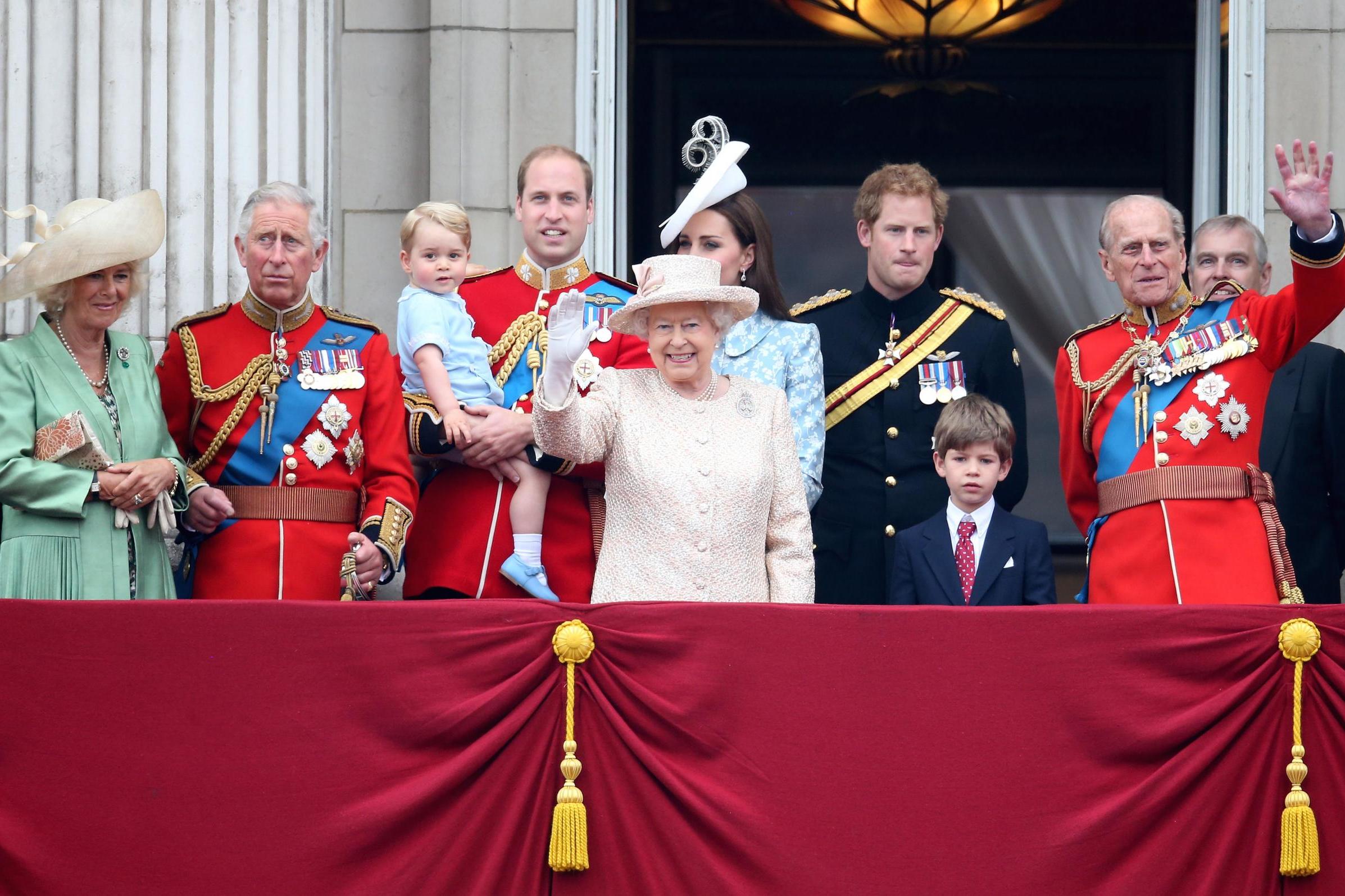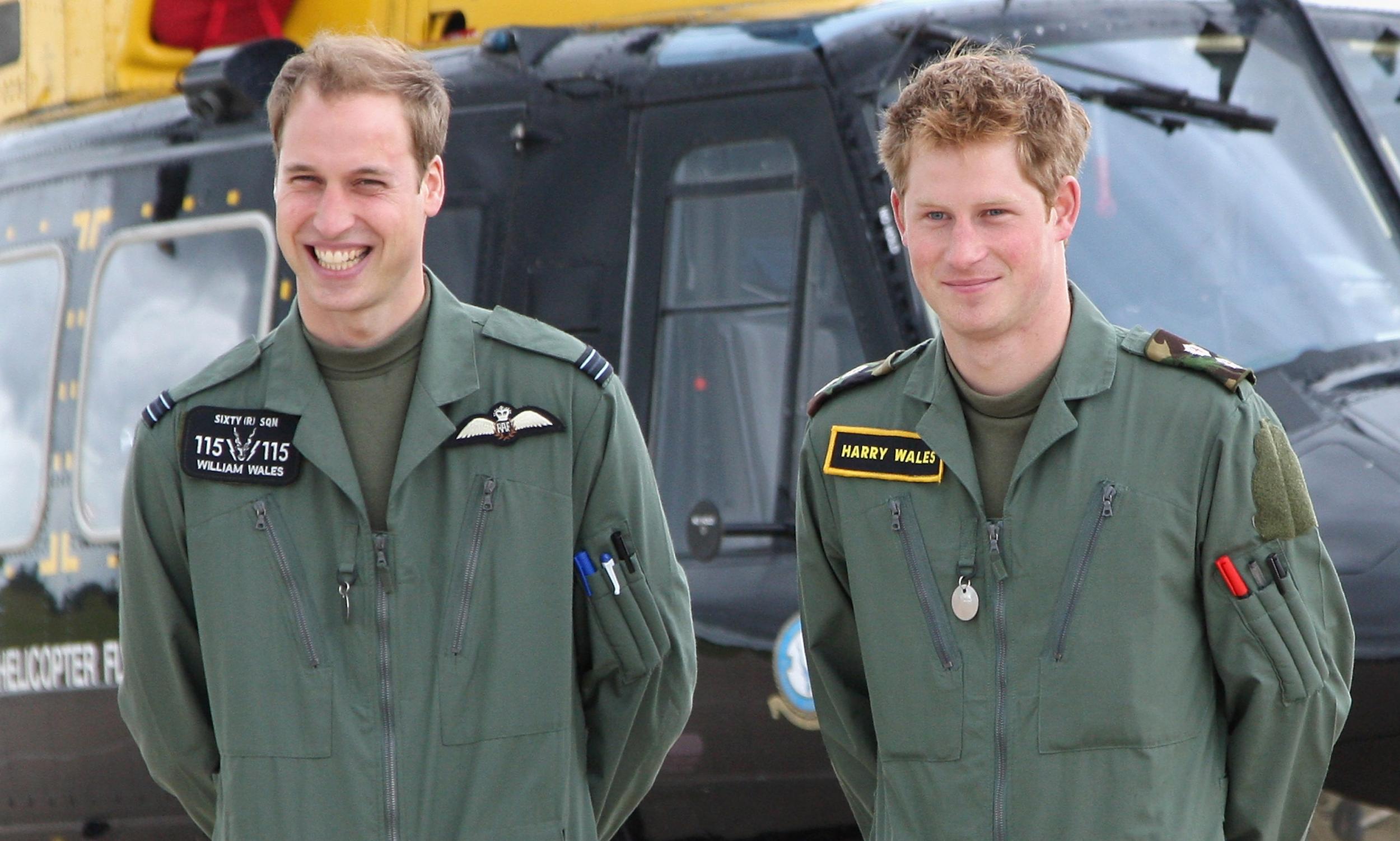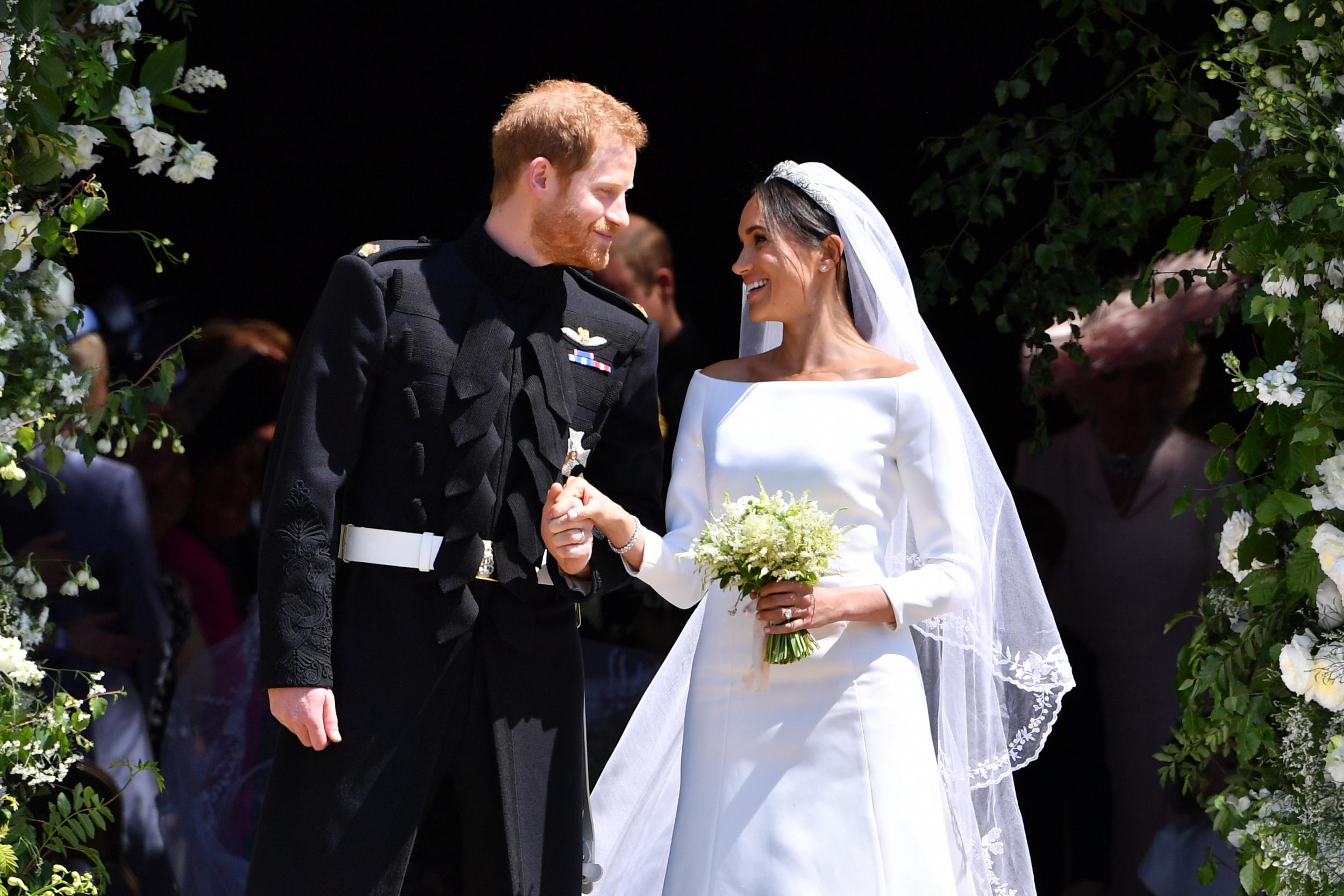Royal baby: What last name will Prince Harry and Meghan Markle’s daughter take?
The Duke and Duchess of Sussex's daughter Lilibet will not receive a royal title upon birth

Your support helps us to tell the story
From reproductive rights to climate change to Big Tech, The Independent is on the ground when the story is developing. Whether it's investigating the financials of Elon Musk's pro-Trump PAC or producing our latest documentary, 'The A Word', which shines a light on the American women fighting for reproductive rights, we know how important it is to parse out the facts from the messaging.
At such a critical moment in US history, we need reporters on the ground. Your donation allows us to keep sending journalists to speak to both sides of the story.
The Independent is trusted by Americans across the entire political spectrum. And unlike many other quality news outlets, we choose not to lock Americans out of our reporting and analysis with paywalls. We believe quality journalism should be available to everyone, paid for by those who can afford it.
Your support makes all the difference.Meghan Markle and Prince Harry have welcomed a baby girl, named Lilibet.
The couple had announced they were expecting a girl during an interview with Oprah Winfrey, which aired in March. They already have a son, baby Archie, who turned two on 6 May.
“To have any one or any two, but to have a boy and then a girl – what more could you ask for?” Harry said during the interview.
They first announced they were expecting a second child on Valentine’s Day, the same date the late Princess Diana announced she was pregnant with Prince Harry.
“We can confirm that Archie is going to be a big brother. The Duke and Duchess of Sussex are overjoyed to be expecting their second child,” a spokesperson for the couple said at the time.
From what Lilibet’s surname will be to whether she will receive a royal title, here’s everything you need to know:
Do the royal family have surnames?
According to the royal family’s website, members of the family can be known by the name of the royal house and by a surname. But it hasn’t always been this way.
Before 1917, members of the British royal family didn’t have a surname, rather they went by the name of the house of the dynasty to which they belonged.

However, at a meeting of the Privy Council on 17 July 1917, George V stated that “all descendants in the male line of Queen Victoria, who are subjects of these realms, other than female descendants who marry or who have married, shall bear the name of Windsor”.
What surname do the Queen’s descendants use?
Following her accession in 1952, Queen Elizabeth II confirmed the royal family name of Windsor.
But, in 1960, the Queen and her husband, the Duke of Edinburgh, decided that their descendants, other than those with the style of Royal Highness and the title of Prince/Princess, or female descendants who marry, would use the surname Mountbatten-Windsor to honour Prince Philip’s surname, Mountbatten.
Does this mean that all royal children have the same name?
While descendants of the royals do share the surname Mountbatten-Windsor, they have been known to use a variation of names.
When the Duke of Cambridge and Prince Harry served in the military, they went by the surname Wales, given the fact their father is the Prince of Wales.

Princesses Eugenie and Beatrice go by the names Eugenie York and Beatrice York, after their father’s title, the Duke of York.
Meanwhile, the birth certificates of Prince George, Princess Charlotte, and Prince Louis all feature the surname “Cambridge”, as Cambridge is Prince William and Kate Middleton‘s assigned dukedom.
Meghan Markle and Prince Harry have announced that their new daughter’s full name is Lilibet Diana Mountbatten-Windsor.
Do royal children have royal titles?
The Duke and Duchess of Sussex’s daughter will not receive a royal title upon birth, unless granted by the Queen.
A Letters Patent passed by King George V in 1917 reads:
“...the grandchildren of the sons of any such Sovereign in the direct male line (save only the eldest living son of the eldest son of the Prince of Wales) shall have and enjoy in all occasions the style and title enjoyed by the children of Dukes of these Our Realms.”

Why is Archie and Lilibet’s last name Mountbatten-Windsor?
As per the 1917 Letters Patent, Prince Harry and Meghan Markle’s children will not be HRHs or princes or princesses but will be known instead as Lord or Lady (forename) Mountbatten-Windsor, the surname used by all members of the family who do not have a title.
The history of the Mountbatten-Windsor surname can be traced back to 1960 when the Queen and Duke of Edinburgh decided they would like to distinguish their descendants from the rest of the royal family lineage.
The Privy Council declared that the Queen’s descendants, other than those with the style of Royal Highness and the title of Prince or Princess, or female descendants who marry, would carry the name of Mountbatten-Windsor.
This is why Lilibet and Archie have the Mountbatten-Winsdor surname.
However, the Queen could issue a new Letters Patent to change this, as she did for Prince William and Kate Middleton’s children.
In December 2012, the Queen issued a Letters Patent under the Great Seal of the Realm declaring “all the children of the eldest son of the Prince of Wales should have and enjoy the style, title and attribute of royal highness with the titular dignity of Prince or Princess prefixed to their Christian names or with such other titles of honour”.
This explains why Prince George, Princess Charlotte and Prince Louis all have HRH titles.
Join our commenting forum
Join thought-provoking conversations, follow other Independent readers and see their replies
Comments